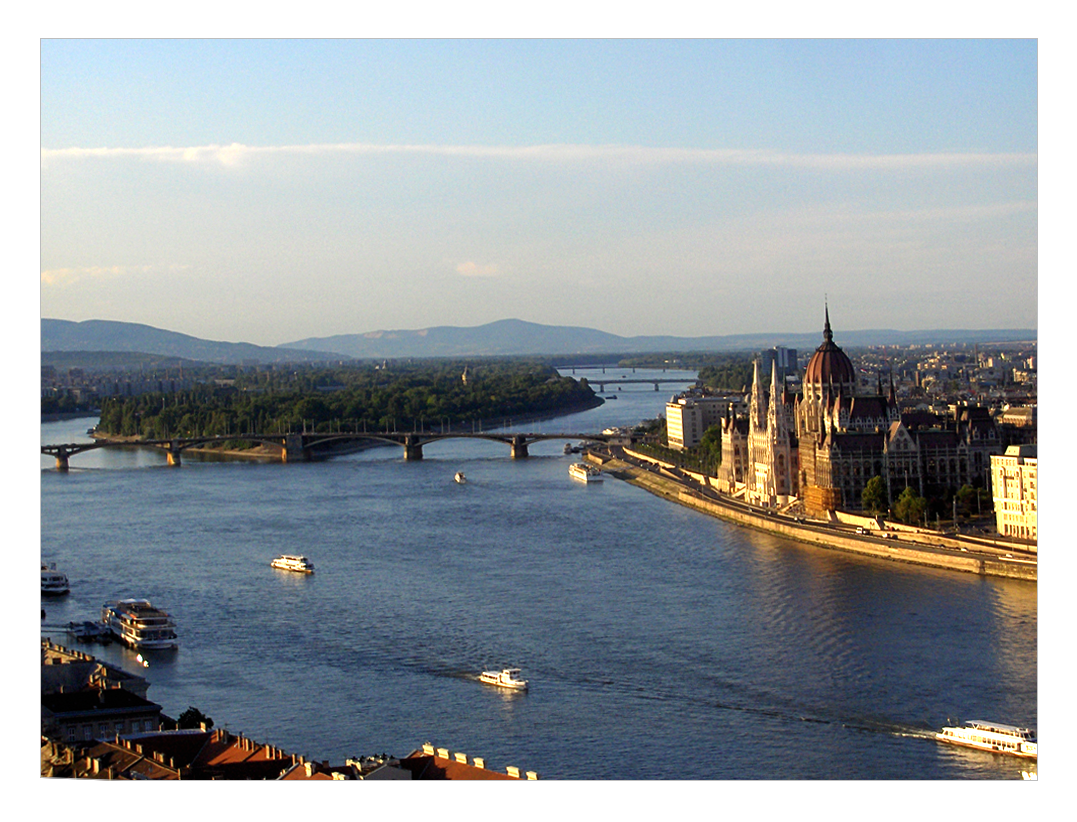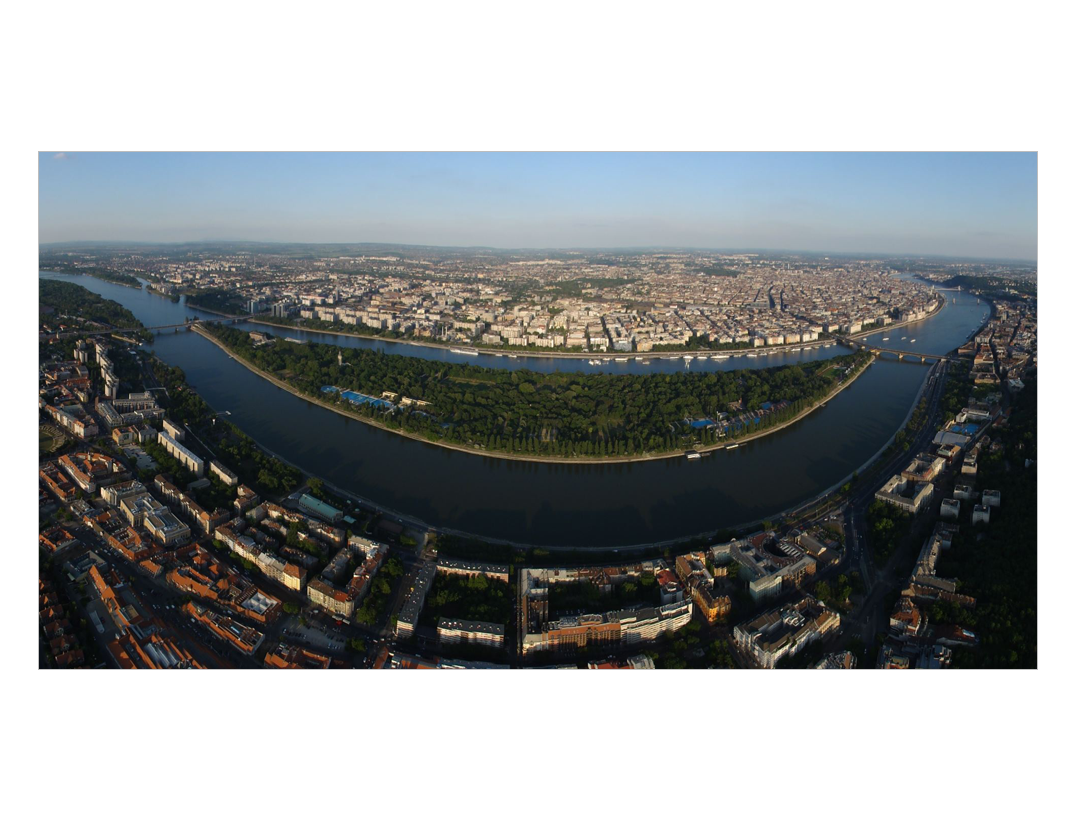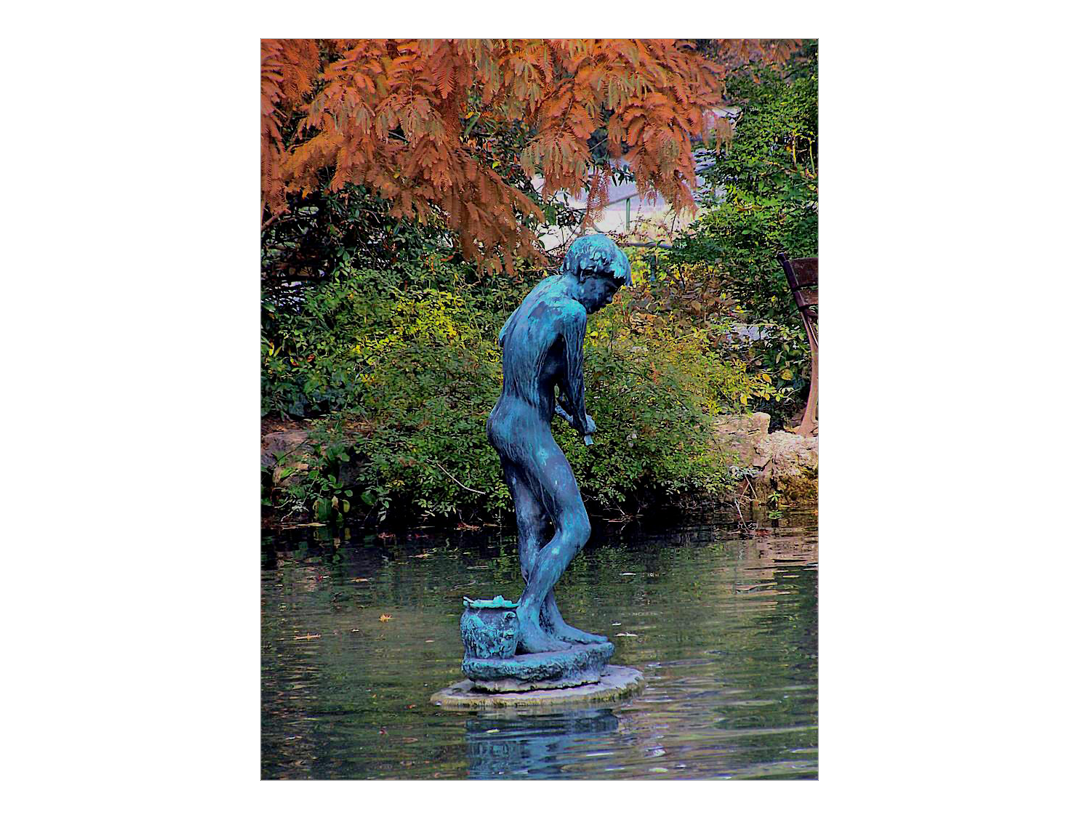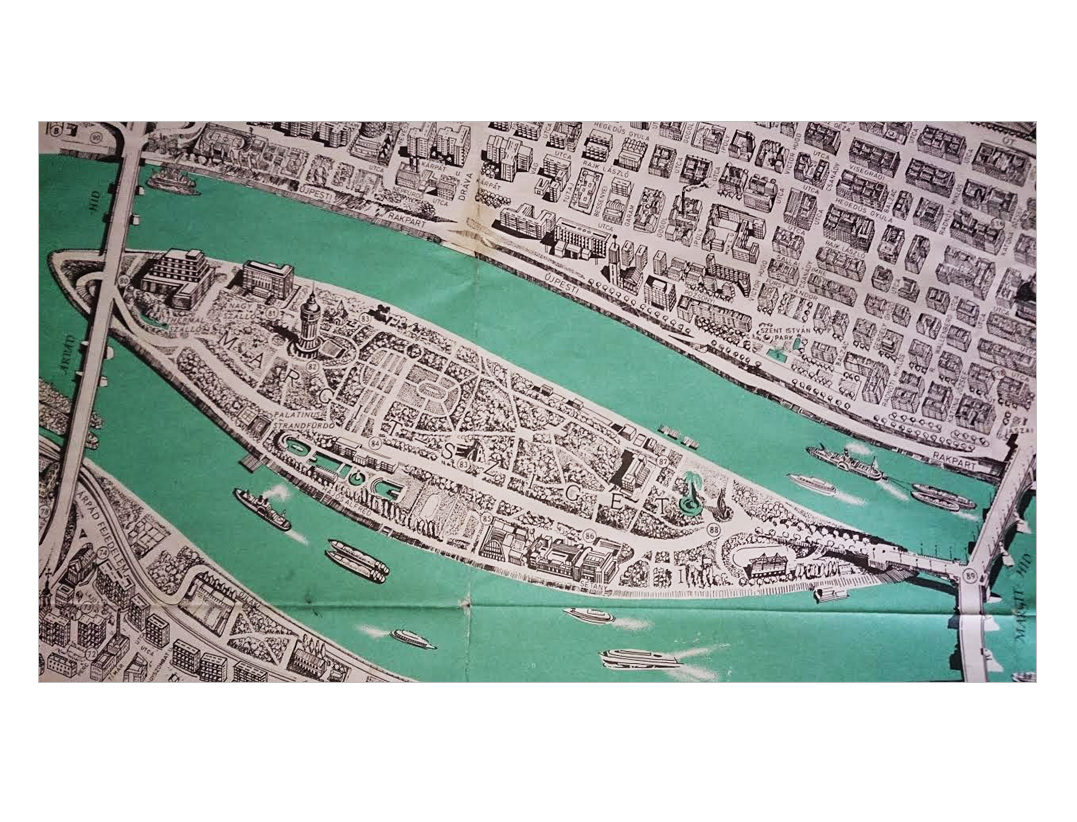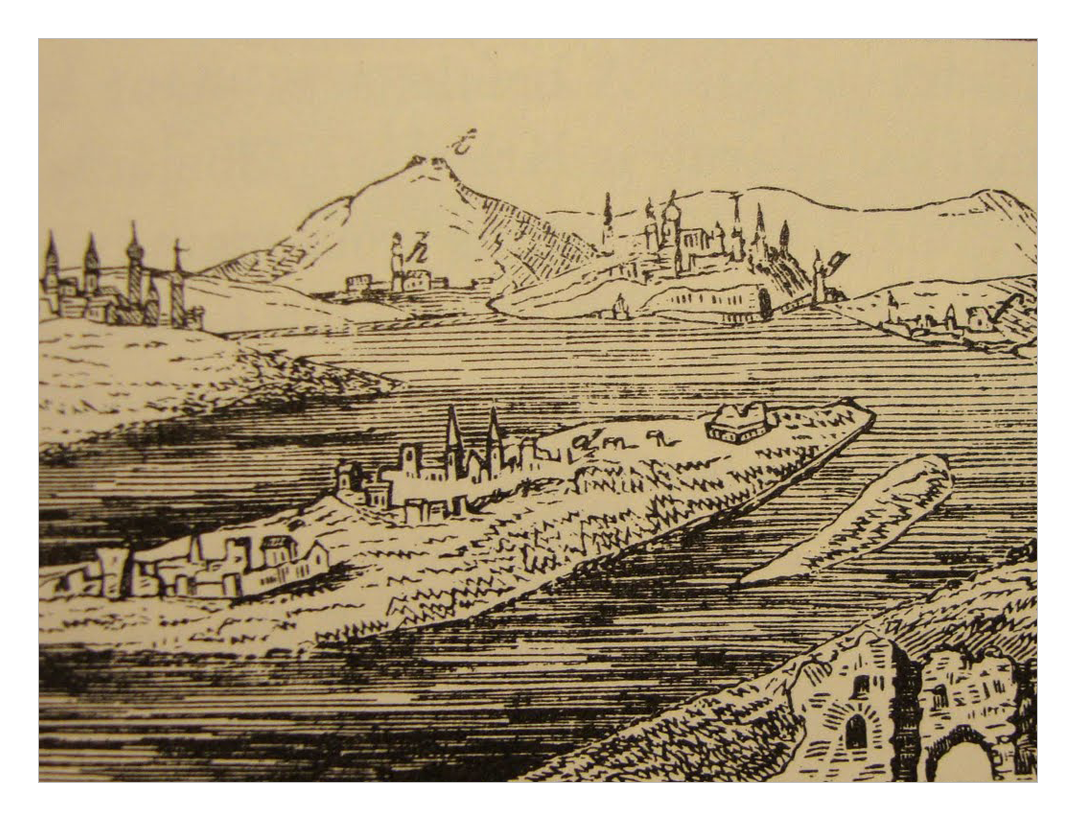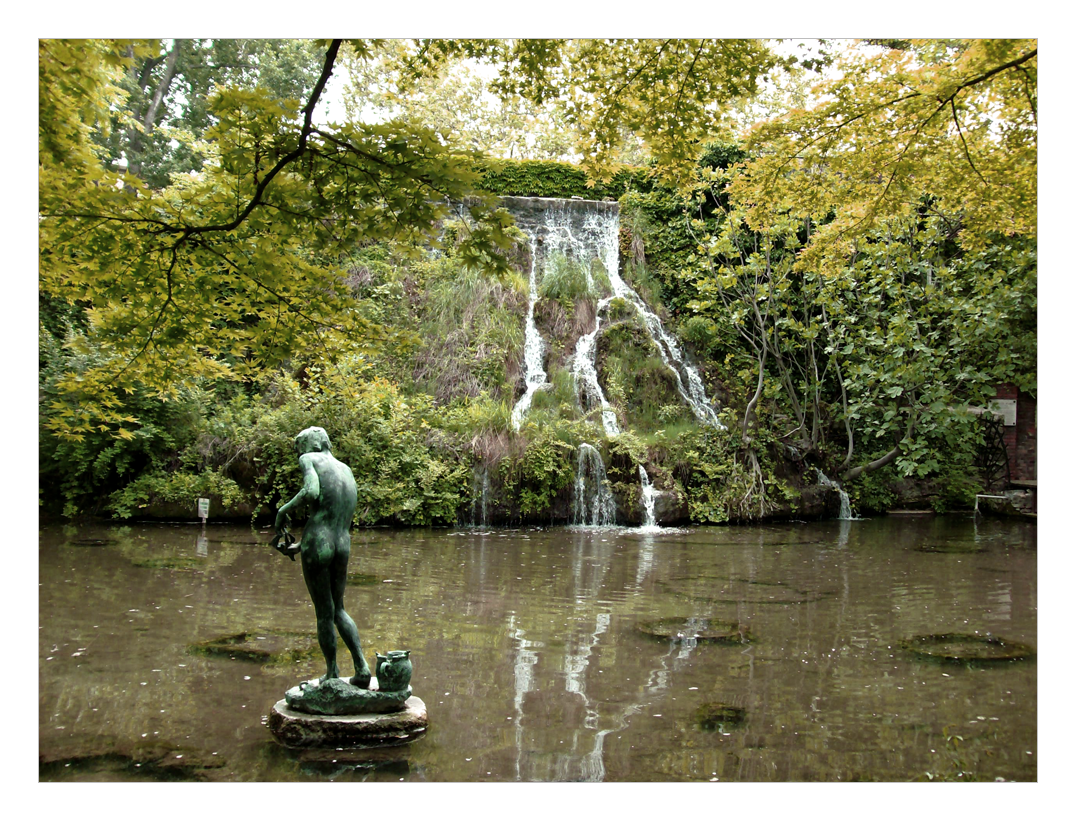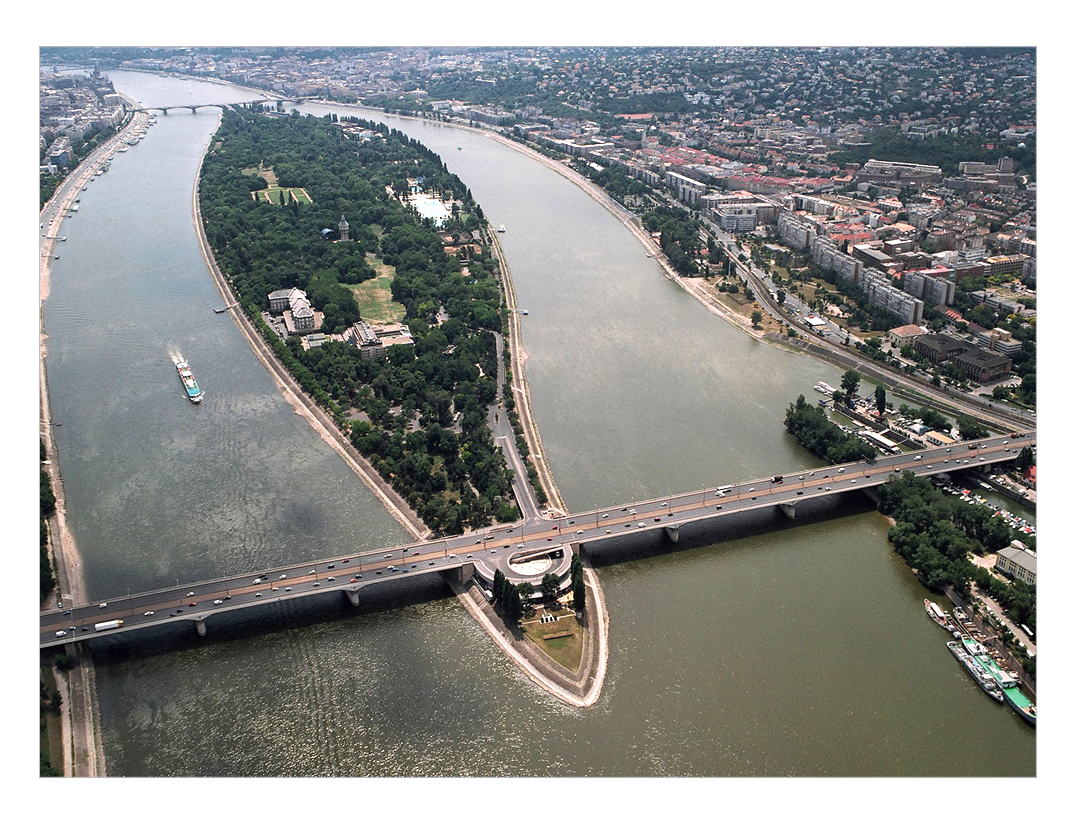
Budapest
Budapest, situated on the banks of the Danube River, is Hungary’s capital as well as its historical, cultural, trade and transportation center, the ninth most populous city of Europe. Budapest’s direct ancestor was Aquincum, founded by the Celts in the Roman period (1st-5th century AD) which was also the seat of the province of Lower Pannonia. The current-day Budapest was established on 17 November, 1873 with the unification of the three previously separate cities of Pest, Buda and Óbuda. Buda is situated on the western, right-hand side of the river, providing the city with fresh air, whilst on the eastern, left-hand side of the river we find the flatlands of Pest, bordered by the hills of Gödöllő.
Margaret Island
The Danube River divides the capital into Buda and Pest as well as wrapping around Margaret Island, site of the capital’s loveliest park. In the Middle Ages, numerous monastic orders built churches and monasteries on the island. In the mid-13th century, King Béla IV called for the construction of a Dominican monastery in order to accommodate his daughter, Margit. In the same century, the Franciscans built a church and a monastery on the island. Budapest is the world’s only capital city with thermal springs and has been a bath city since 1934, as well as gaining the title of international medicinal bath site in 1937. Swimming pools and a water-based medical center are featured as parts of the conference venue of the Danubius Health Spa Resort Margaret Island.

The island’s namesake:
Margaret Island was named after a nun, Saint Margaret of Hungary (1242–1271). Over the centuries, the island had various names, including the Island of Rabbits. Margaret was the daughter of one of the most influential Hungarian monarchs, King Béla IV, who was responsible for the reconstruction works after the Mongol invasion which ravaged the entire country, including the construction of the Buda Castle. King Béla IV swore an oath that should they survive the destruction wrought by the hordes, he would dedicate his daughter to the church. Margaret was taken to the newly constructed monastery at 10 years of age and lived a saintly, ascetic secluded life. Her miracles are now the subject of legends. Christians regard her as a model of self-discipline and Christian love.
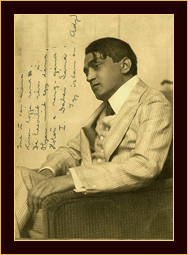
The island in literature:
Numerous Hungarian authors and poets have dealt with the island and its peculiar atmosphere in their works. The poem below is a fine example of these works:
Endre Ady
Legend of Saint Margaret
One night of ancient tales the Rabbit Island
Confessed to me its secret. This was it:
Her royal father cast into a cloister
The legendary maid, white Margaret.
A girl of dreams she was: a scream unuttered.
One uncouth word could lay her in a swoon.
This was a court where brutish shaggy warriors
Rumbled and tossed their beards midnight and noon.
Long years she waited for her western lover,
Not some mustached and hirsute warlord boor.
A soft boy he, melodious, delicate,
A girlish, vague, and tearful troubadour.
Long time she waited, and her heart stood spellbound.
The castle buzzed, and boastful Huns rode in
From battle on their whinnying Turkish horses.
He never came, her dream-quiet paladin.
He never walked here in the Danube-lands,
That lad of songs and kisses soft and shy;
To Jesus then they offered Margaret,
And on the Isle of Rabbits she would die.
translated by Zsuzsanna Ozsváth & Frederick Turner

Monasteries, church ruins:
Heading south from the hotels, we can find the following sacred buildings:
Saint Michael Premonstratensian chapel: The Romanesque chapel built in the 12th century is one of the oldest groups of ecclesiastic structures on the island. The bas-reliefs on the walls over the gate depict Archangel Michael, whilst the church spire houses one of the oldest bells of Hungary, fashioned in the 15th century.
The ruins of the Dominican church and convent: The monastery is the most significant ecclesiastic building on the island and was one of the most significant convents of Medieval Hungary. It was home to its namesake, Saint Margaret of Hungary from 1252 to 1271.
Franciscan church ruins: The Medieval church was built in the 13th century and displays traits of the late Romanesque style. The ruins are situated near the Rose Garden, which houses a glorious display of 25,000 rose bushes from over 200 varieties of roses.

Musical fountain:
One of Europe’s finest musical fountains is located on the southern side of Margaret Island. 154 jets shoot water up from the 1,000 square meter surface of the fountain, rising to a height of 10 meters. The fountain built in 1962 and restored in 2013 is one of island’s emblematic features. The diverse range of musical compositions are played at every hour, while after dark, 227 lights dazzle visitors with an array of colors.
Brahms: Hungarian Dances (Musical fountain).
The other gem of Margaret Island is the copy of Péter Bodor’s musical fountain, located a few minutes north of the Congress venue. The original fountain was located in the main square of Marosvásárhely in Transylvania, constructed by a Székely craftsman in 1820. The statue of the god of the sea, Poseidon (Neptune) perches on top of the fountain. The fountain’s music can be heard every half hour.

















